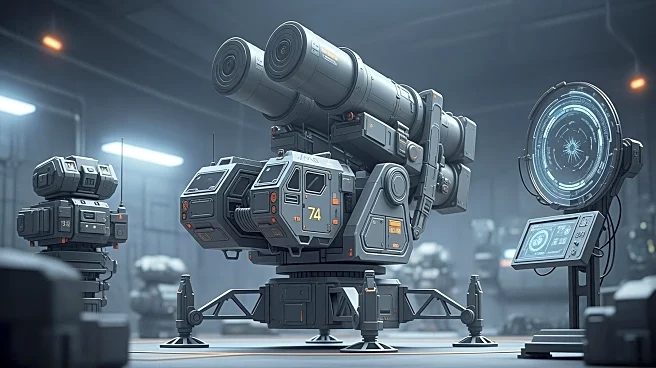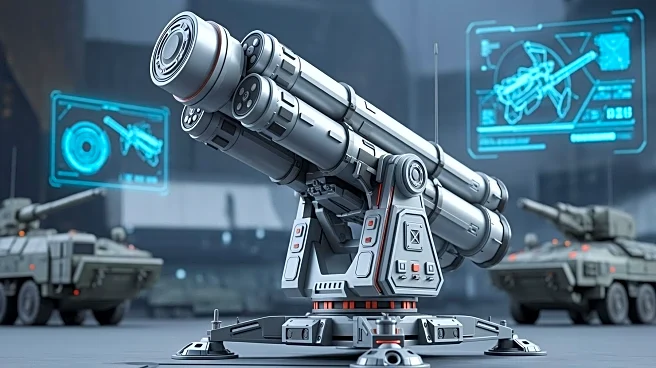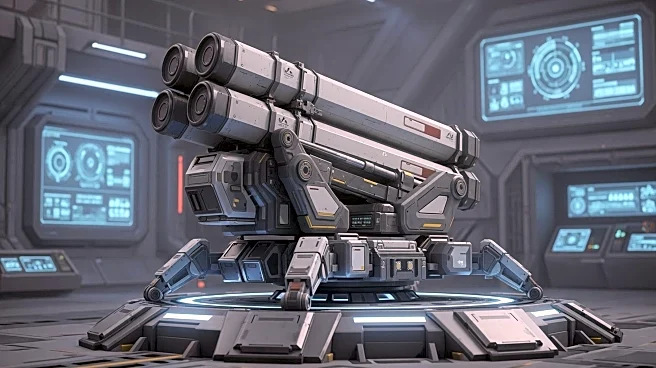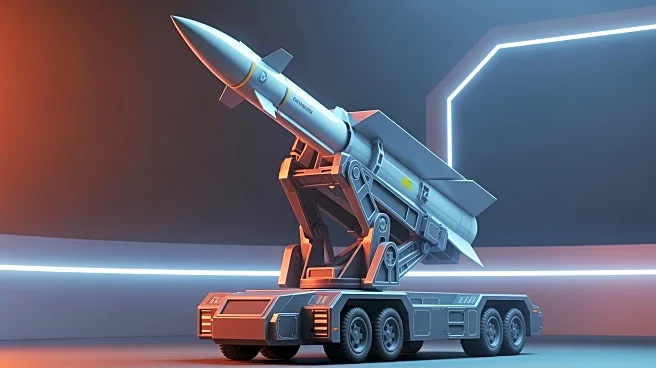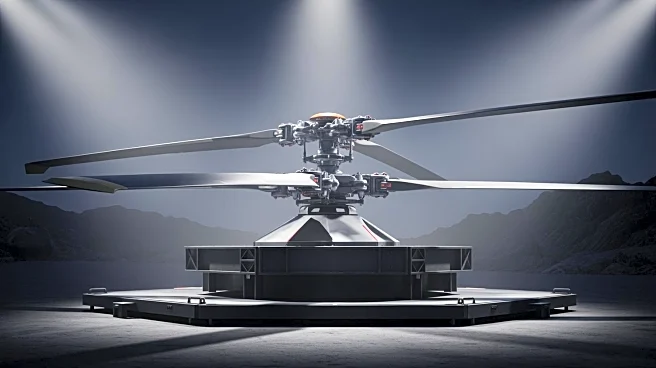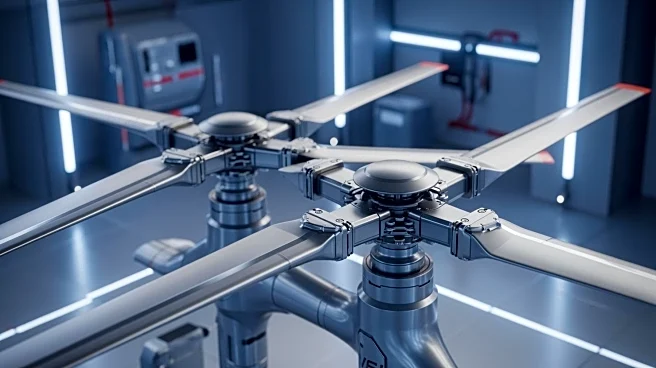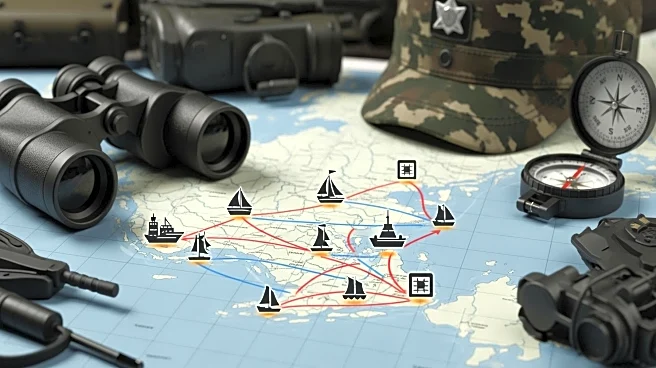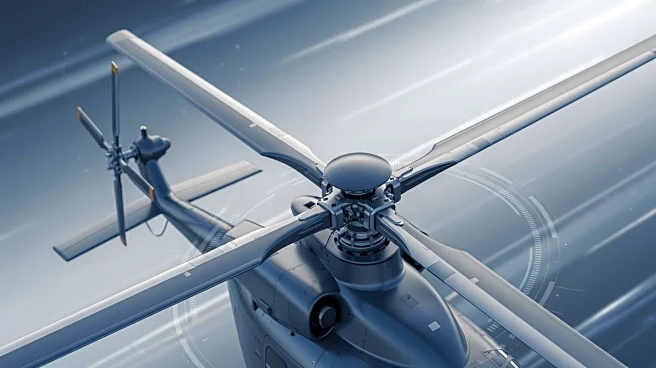What's Happening?
AeroVironment has been awarded a contract by the US Army to supply the Next-Generation counter-uncrewed aircraft systems (C-UAS) missile, known as the NGCM. This contract, valued at $95.9 million, is part
of the Long-Range Kinetic Interceptor (LRKI) program. The contract was awarded through the US Army Combat Capabilities Development Command Aviation & Missile Centre and the Aviation & Missile Technology Consortium. AeroVironment will develop and deliver its Freedom Eagle (FE-1) kinetic C-UAS missile, which is designed to neutralize various types of unmanned aerial systems (UAS) and aircraft. The FE-1 missile has already undergone successful live-fire demonstrations and tests, showcasing its capabilities. AeroVironment's selection for this contract highlights its strategic investments and technical expertise in defense systems.
Why It's Important?
The awarding of this contract to AeroVironment is significant for several reasons. It underscores the US Army's commitment to enhancing its air defense capabilities against evolving aerial threats. The FE-1 missile is expected to fill critical gaps in current defense systems, providing a cost-effective and high-performance solution. This development is crucial for national security, as it strengthens the US military's ability to counteract advanced UAS threats. Additionally, the contract supports AeroVironment's position as a key player in the defense industry, potentially leading to further opportunities and collaborations. The investment in such technologies also reflects broader defense priorities and the need for rapid adaptation to new threats.
What's Next?
AeroVironment is set to scale up production of the FE-1 missile to meet the US Army's requirements. The company will focus on delivering these systems to the frontlines, where they will enhance warfighter protection. As production ramps up, AeroVironment will continue to refine and develop its capabilities for full-rate manufacturing. The success of this program could lead to additional contracts and further integration of AeroVironment's technologies into the US military's defense strategies. Stakeholders, including defense contractors and military leaders, will likely monitor the program's progress closely, assessing its impact on future defense initiatives.
Beyond the Headlines
The development and deployment of the FE-1 missile system may have broader implications for the defense industry and military strategy. It highlights the increasing importance of counter-UAS technologies in modern warfare, as adversaries continue to develop and deploy advanced unmanned systems. The contract also reflects a shift towards more agile and responsive defense solutions, capable of addressing rapidly changing threats. This trend could influence future defense procurement and research priorities, emphasizing the need for innovation and collaboration among industry leaders.
